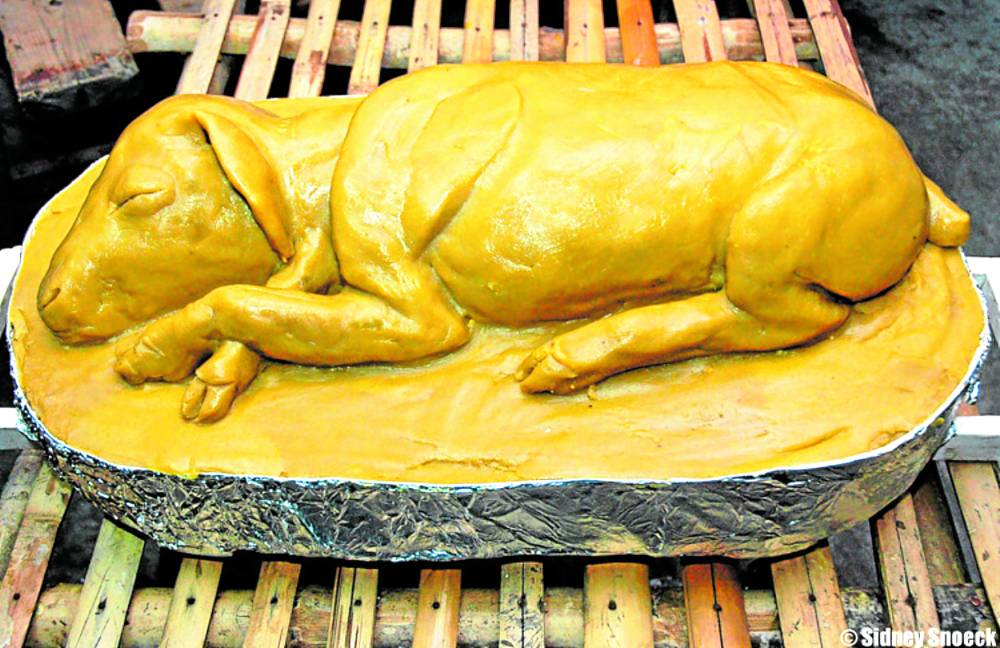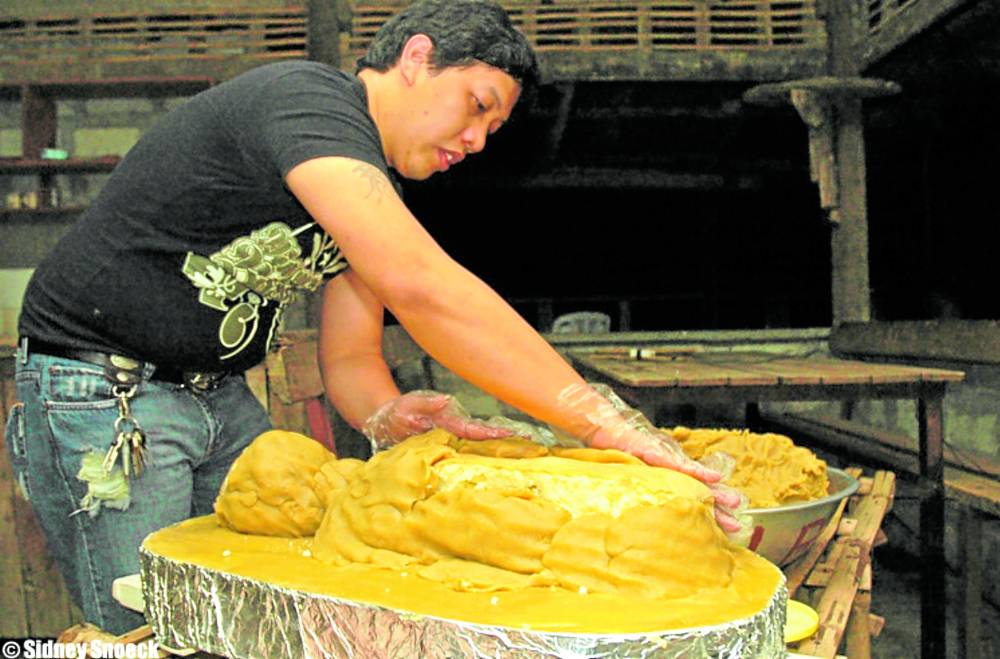Why we must eat something delicious this Easter

Lent in the Philippines is steeped in tradition. Intertwined with its celebration are certain types of food that lay claim to their rightful place at the dining table at this time of the year.
Our Lenten heirloom recipes are kept alive through storytelling and by the caring hands that value cooking and serving the dishes in the manner that those who came before us did.
I am fortunate to be in the midst of those whose life’s mission includes the preservation of Filipino culture through food.
From them I gathered a most interesting roster of Lenten fare.

‘Paksiw,’ ‘cordero’
According to food historian, multiawarded cultural worker, and author Felice Prudente Sta. Maria, Ph.D, paksiw was cooked in Binondo for Holy Week when her late mother-in-law was a little girl.
The reason for this is that it was prepared with vinegar, and as such lasted without refrigeration, so no one needed to cook on Maundy Thursday and Good Friday, to focus on prayer and the rituals instead.
Felice referred to another Lenten dish of significance.
On Maundy Thursday, a Cordero ng Diyos procession was held, with a big plate on which a lamb-shaped cake was laid. The cake was made with white camote (100 pieces), white potato (150 pieces), eggs (1,000 pieces), evaporated milk (five cases each with 48 cans), condensed milk (five cases), flour (two bags, 8 kilograms), raisins for nostrils, prunes for eyes and white sugar frosting. Cut-up green papel de hapon was used to simulate grass, and marshmallows were added around the “lamb.”
The devotees stuffed the mashed mix into a metal mold (copper colored), like for gelatin, which had a sleeping or resting lamb shape.
Felice said that in earlier times, the people free-sculpted the shape. When no one knew how to frost, they made cotton balls and stuck them to the body.The traditional recipe as written above was from Ecadio Mateo, who passed it on to his nephew Agapito Mateo, who passed it on to Agapito’s daughter Eunice Mateo de San Juan.
The process of preparing the recipe was described as similar to cooking haleya.
The more modern renditions of the cordero is made with potatoes.
Felice pointed out that in 1984, the practice was no longer a church ritual but was kept on by the townsfolk who dressed in terno and barong as they joined the procession through the streets, ending in the churchyard.
In other locales, goat was roasted in the absence of lamb. Felice vividly recalled seeing lechong kambing on the way to Morong.
‘Papal indulgence’
Lechon remains the star of the Easter Sunday feast. Other homes serve ham, as they do in America. “Pork as a feast food is precolonial,” said Felice.
Speaking of lechon, Filipino food advocate and award-winning author Ige Ramos said that while Filipinos typically fast during Lent by not eating meat, residents of Bantayan Island are exempt from the meat prohibition, and some eat lechon (roasted pig) during Holy Week.
This occurred in 1824, or 200 years ago, when the general populace of the island town was granted a “papal indulgence” to consume meat. There is one theory that the exclusion was proclaimed by church authorities in Spain in order to induce fisherfolk to observe Holy Week observances, such as abstaining from work. Another theory is that fisherfolk avoided going out to sea during Holy Week, fearing God’s fierceness, leaving only meat, or for that matter, lechon or sinugba na baboy, accessible to the public.Louella Alix, Cebu’s respected culinary historian, confirmed that the town of Bantayan has the distinction of being exempt from the practice of not eating meat during Holy Week, especially on Good Friday.
Sometime in the mid-19th century, during the construction of the stone church of Bantayan, Fr. Doroteo Andrada del Rosario applied for an exemption for the ban on eating meat during Holy Week. Most of the men in town were part of the construction of the church and could not go fishing during Holy Week. For this reason the indult was granted.
I asked Fr. Buddy Agualada Jr., CMF, why we must celebrate Easter.
“Easter is the greatest feast in Christianity,” he said. “In Jesus’ rising from the dead, God shouted all throughout the whole universe that the last word on Earth is not death but life, not darkness but light, not sorrow but joy, not sin but grace, not damnation but salvation.”
So eat something delicious this Easter! Wishing you a meaningful Holy Week. INQ
















